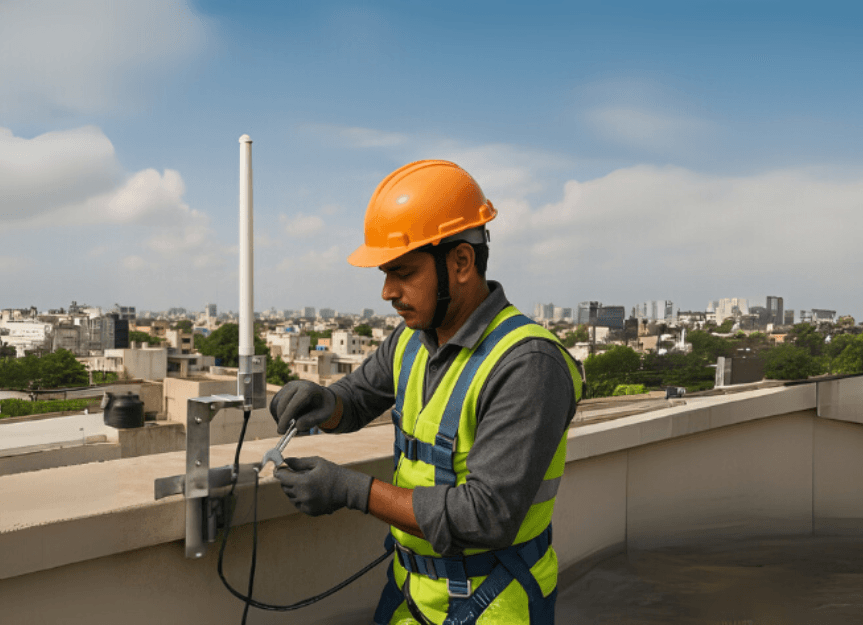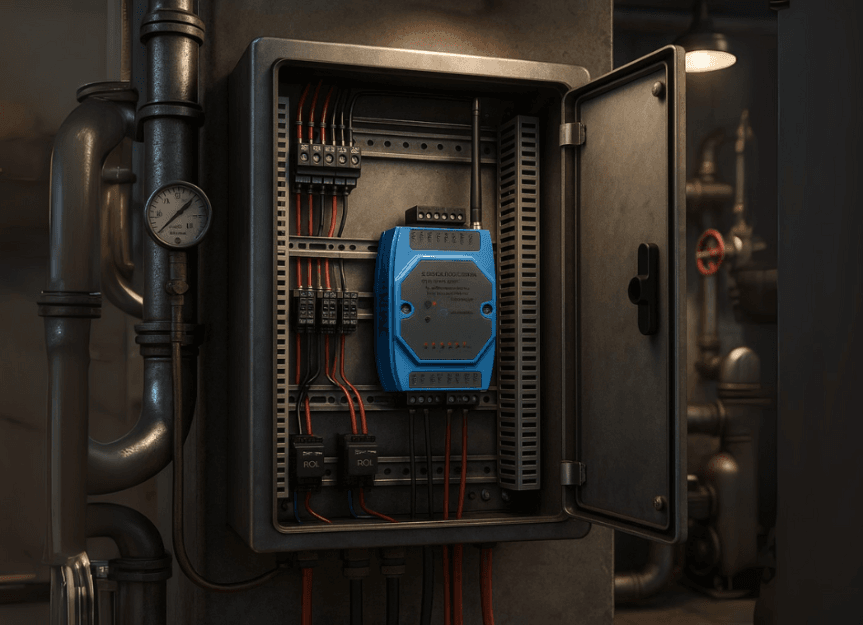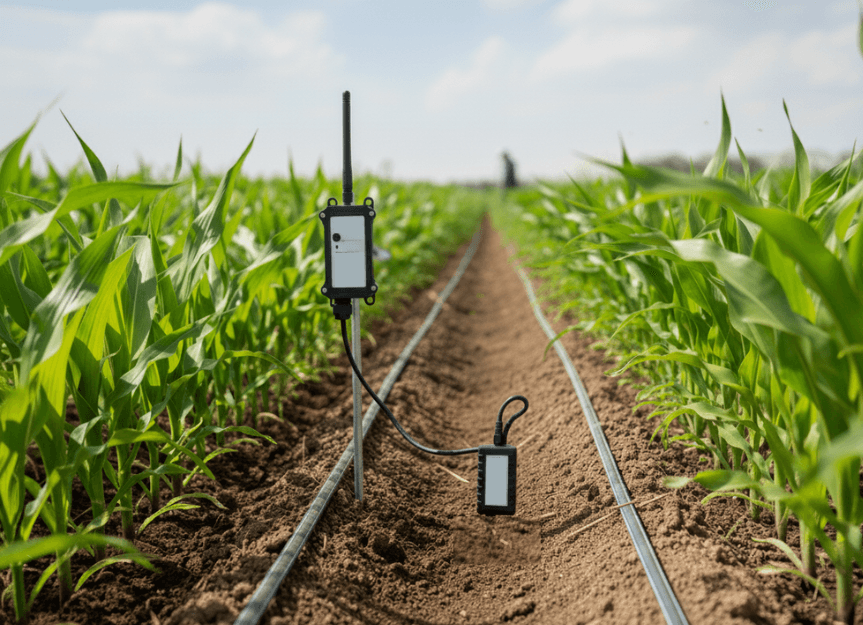Indoor air quality has a direct impact on health, productivity, and comfort. Rising CO₂ levels in classrooms, offices, or factories can cause fatigue, poor concentration, and even health risks. Traditional monitoring systems are either costly, power-hungry, or limited to short-range connectivity.
The Dragino AQS01-L LoRaWAN® Indoor CO₂ Sensor solves this problem by providing real-time CO₂, temperature, and humidity monitoring using long-range, low-power LoRaWAN® technology.
This blog explores how to effectively install, handle, and maintain the AQS01-L for accurate and reliable indoor air quality data.
Health & Safety: High CO₂ (>1000 ppm) causes drowsiness, headaches, and discomfort.
Productivity: Optimal air quality boosts focus and learning outcomes in classrooms and offices.
Energy Efficiency: Smart HVAC systems adjust ventilation based on real-time CO₂ levels.
Compliance: Many workplaces and schools must follow air quality standards.
Measures: CO₂, temperature, and humidity in real time.
Connectivity: LoRaWAN® Class A device, ultra-low power, long-range.
Installation: Wall-mount design for indoor environments.
Battery Powered: Long life with replaceable batteries.
Integration: Compatible with LoRaWAN® servers (TTN, ChirpStack) and IoT dashboards.
Choose the Right Location: Mount the sensor on an interior wall at breathing height (~1.2–1.5 m from the floor). Avoid direct airflow from AC vents, windows, or heaters, which can skew readings.
Mounting the Device: Use the provided wall-mount bracket or screws. Ensure the sensor body is upright and the antenna is not obstructed.
Power & Activation: Insert batteries correctly as per the manual. Use the LoRaWAN® app key/AppEUI to register the device with your network server.
Network Connectivity: Ensure the LoRaWAN® gateway is within coverage range. Perform a test uplink to verify data transmission before final mounting.
Calibration: CO₂ sensors may require occasional calibration with a reference gas or auto-calibration mode (ABC).
Cleaning: Wipe the casing with a dry or slightly damp cloth. Do not use strong solvents.
Battery Management: Monitor battery voltage via uplink messages; replace batteries as needed.
Firmware Updates: If available, update through the Dragino tools for improved accuracy and features.
The Dragino AQS01-L LoRaWAN® Indoor Air Quality Monitoring device finds applications across diverse sectors. In schools and universities, it helps track classroom air quality, ensuring healthier learning environments and improved student concentration while meeting regulatory standards. In offices and workspaces, it enables monitoring of meeting rooms, supporting smarter HVAC management and lowering energy costs. Within factories and warehouses, the device enhances worker safety by detecting poor air conditions in enclosed areas and reducing potential health risks. For smart buildings, integration with Building Management Systems (BMS) allows automated ventilation control and improved energy efficiency, making the AQS01-L a versatile solution for modern infrastructure.
Improved Indoor Health: Continuous CO₂ monitoring ensures healthier indoor environments by reducing exposure to poor air quality, which directly supports well-being and comfort.
Boosted Productivity: Maintaining optimal ventilation helps students, employees, and workers stay more alert, focused, and efficient in their daily tasks.
Significant Energy Savings: By activating HVAC systems only when necessary, organizations can reduce energy consumption, lower utility costs, and support sustainability goals.
Sensor Placement Matters: Correct positioning, away from direct vents, windows, or heaters, is crucial for collecting accurate air quality data.
Regular Calibration Ensures Accuracy: Periodic recalibration of the CO₂ sensor helps avoid data drift and maintains long-term measurement reliability.
LoRaWAN® Scalability Unlocks Efficiency: With just one gateway supporting multiple AQS01-L devices, large buildings or campuses can deploy scalable, cost-effective monitoring networks.
The Dragino AQS01-L LoRaWAN® Indoor CO₂ Sensor makes air quality monitoring accessible, scalable, and efficient. With simple installation, long-range connectivity, and minimal maintenance, it is an ideal solution for schools, offices, and smart buildings.
By installing and handling the device properly, organizations can ensure reliable data, healthier spaces, and lower energy costs.
Keep Exploring Our Blog Collection

LoRaWAN® Antenna Gain and Coverage
When organizations deploy LoRaWAN® networks at scale, one of the most over...
Learn More
Getting Started with Dragino LT-22222-L
In IoT and automation projects, monitoring sensors is only half the story ...
Learn More
Pro Tips for Dragino SPH01-LB LoRaWAN® Soil pH Sensor
Soil health is at the heart of sustainable agriculture. Among the critical ...
Learn More
LoRaWAN® vs Cellular: The Scalable IoT Choice
LoRaWAN® and Cellular technologies both serve as powerful communication options ...
Learn More